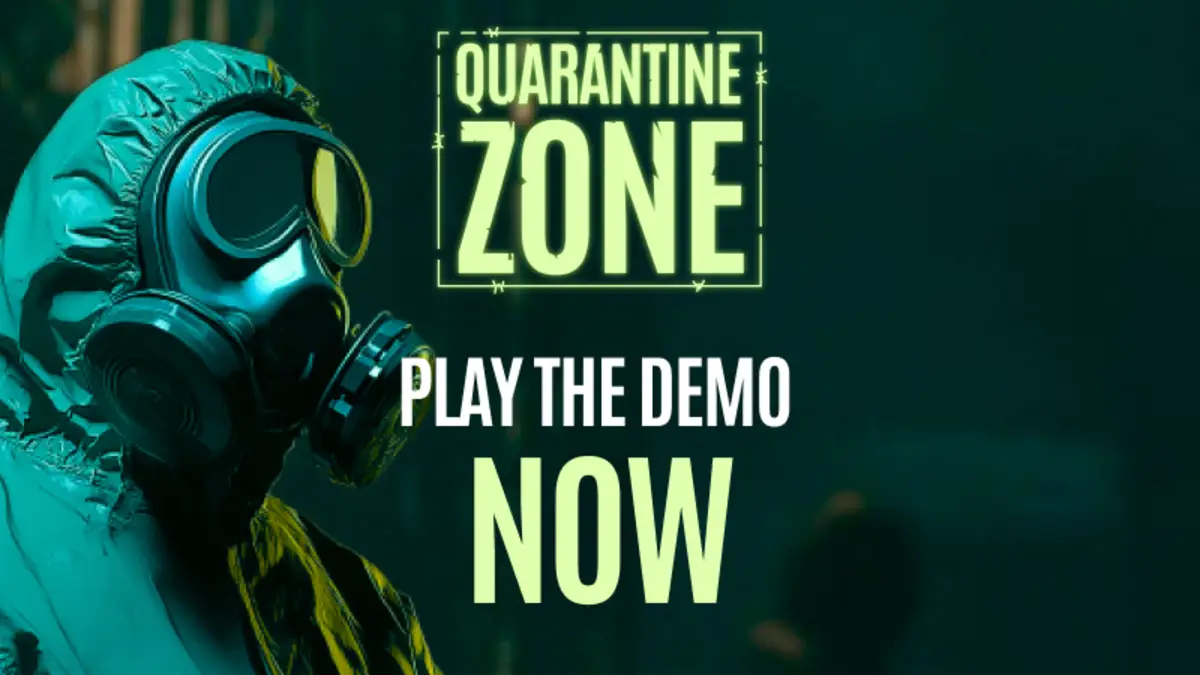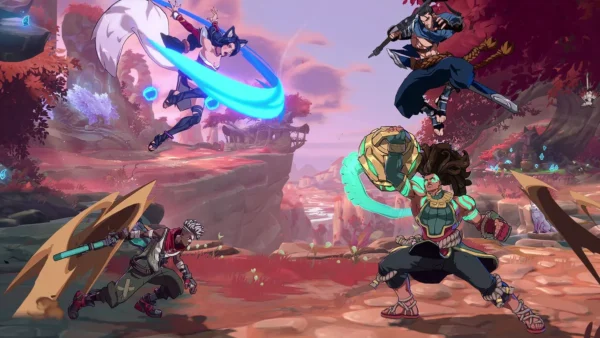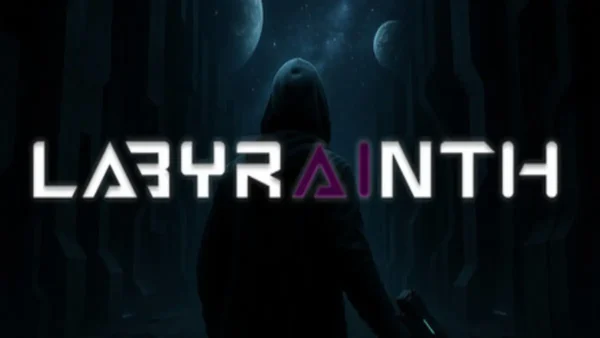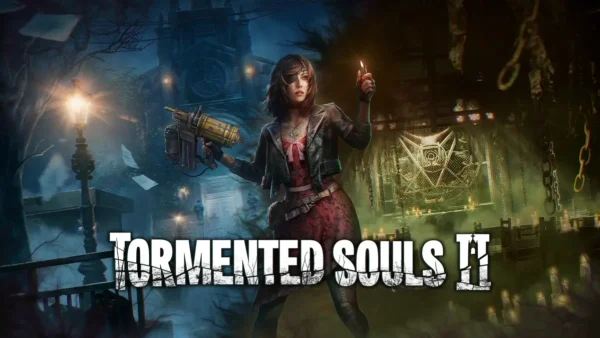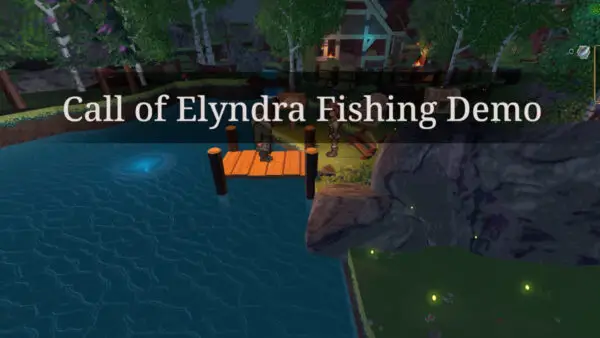Developed by Brigada Games and published by Devolver Digital, Quarantine Zone is a survival management game where you step into the shoes of a checkpoint officer in a deadly quarantine zone. Your job? Inspect survivors, decide their fate, and manage the resources that keep your base alive while fending off hordes of infected. It’s a tense mix of medical detective work, base building, and defense missions that throws new challenges at you each day. After spending time with the demo, I found some moments genuinely engaging, especially the survivor inspections, but also ran into frustrating design quirks and mechanical issues that held it back. So, is Quarantine Zone something I’d play at launch, or would I wait for a discount? Let’s dive in.
Steam Deck Performance
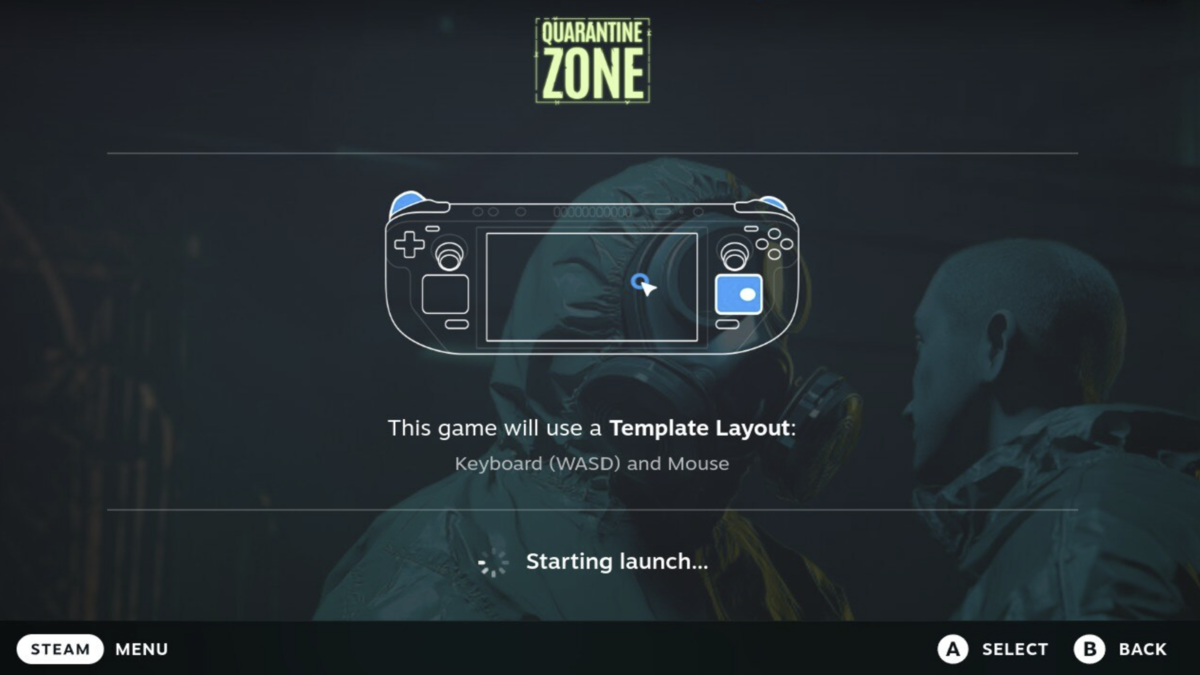
Currently, Quarantine Zone has an Unknown compatibility rating on Steam, which means Valve hasn’t officially tested it yet. Many games with this rating end up working just fine on Steam Deck, so I decided to give it a try. While the game technically launches and runs without performance issues, none of the controller profiles I tested, or tried to configure myself, actually worked. As a result, the demo is effectively unplayable on Steam Deck in its current state.
The Core Gameplay Loop

At its heart, Quarantine Zone is about survivor inspection and base management. Each day, you’re presented with new survivors who may or may not be infected. Using your eyes, and later, tools like UV flashlights, scanners, and stethoscopes, you must identify symptoms and decide whether to admit them into camp, send them to quarantine for further observation, or “liquidate” them if the infection seems certain.
This core loop evolves as the demo progresses. What starts as a simple visual check quickly escalates into juggling supplies, managing survivor health, defending your camp with drones, and handling evacuation protocols. Some of these additions feel natural, while others add friction or confusion.
Day-by-Day Impressions
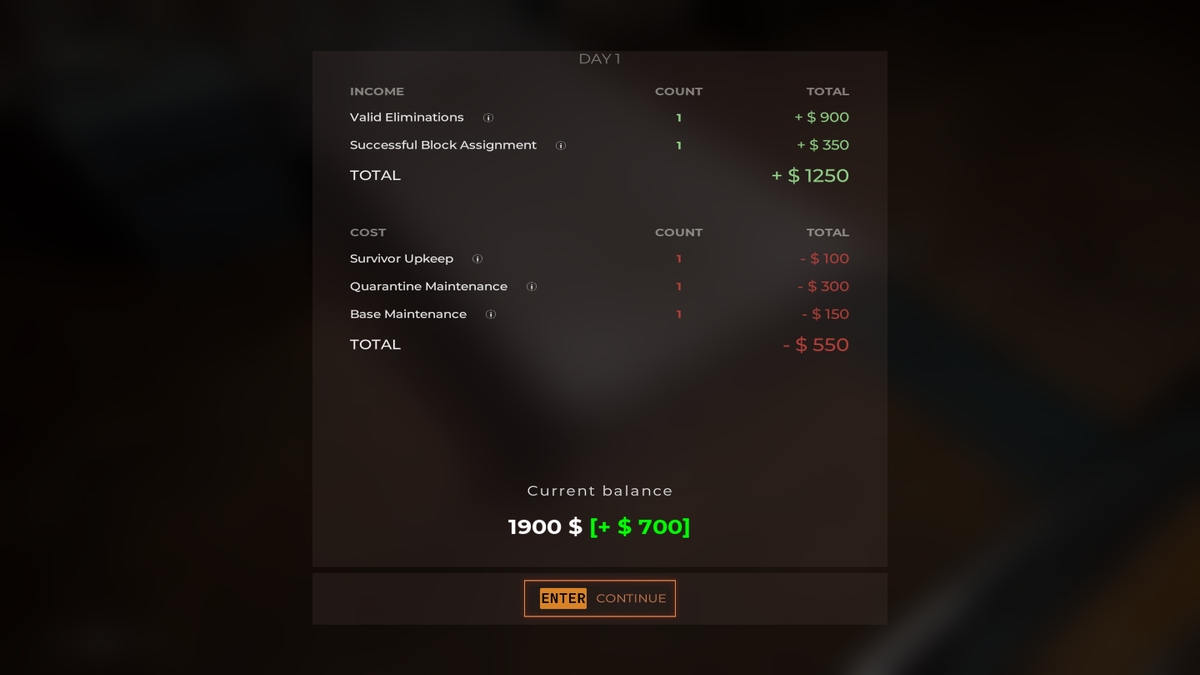
The demo offers seven full days of the core gameplay loop, and here’s how my experience with them played out.
Day 1
You land in the quarantine zone and immediately start reviewing your first set of survivors. With no tools yet, everything comes down to the naked eye. You can send them to quarantine for later review, admit them into camp if clean, or liquidate them if infected. Day one only gives you three survivors, and how well you identify symptoms determines how much money you earn. A simple start, but it sets the tone.
Day 2
The first task is examining the survivor you quarantined on Day 1 to see if symptoms evolved or disappeared. Then you’re given two new tools: a scanner and a UV flashlight. The scanner works well, revealing symptoms under clothing, but the UV light is harder to use. For example, I spotted smudges that looked like bite marks, but nothing in the symptom guide matched them. Unsure, I sent the survivor back to quarantine just to be safe. The new layer of inspection is neat, but the UV sensitivity makes things clunky.
Day 3
This day introduces base management. You restock supplies like provisions, medkits, and fuel to keep survivors alive. The menu tells you how much they need for the day, but oddly, the game forced me to provide more than required before letting me proceed. That drained resources unnecessarily and felt poorly explained. Delivering supplies with the cart was even worse—you can manually load items one by one, or use an auto-load, but you still have to push the cart to each area. At one point, I had medkits but no clinic, and the game left me stuck in cart mode. I eventually built a clinic and an extra generator just to progress, but the flow was disjointed. I also forgot to check my Day 2 quarantined survivor because the demo’s prompts were pulling me elsewhere. This day was confusing and clumsy overall.
Day 4
The pace picks up again with a horde attack, fought using a drone. You can bait enemies and call airstrikes, but the demo limited me to swapping between two guns, which was disappointing. You also can’t fly the drone too far or you lose signal. After surviving, I inspected quarantined survivors using a stethoscope to listen for lung issues. This mechanic had you watching lung visuals, listening to breathing, and checking amplitude for signs of infection. Unfortunately, one infected survivor I’d left in quarantine killed everyone inside… lesson learned: check every day, even if the demo doesn’t tell you to.
Day 5
Evacuation prep begins. Survivors now show symptoms through pulse and temperature, so you use a thermopulsometer to check them. You also have to inspect survivor baggage for contraband, weapons, or infected items. Using the UV light here was rough because mouse sensitivity tanked, making the scanner hard to use. After checkpoint inspections, you assign survivors to evacuation trucks with different rules—for example, one truck accepts anyone, the other only females. Oddly, after assigning two survivors, I couldn’t assign the other two and had to leave them behind. The day ended with some drone upgrades.
Day 6
This day starts in the drone, protecting a convoy of vehicles from a horde. You have three guns but no explosives, and the fixed high camera angle made combat awkward. Afterward, the captain warns of aggressive new symptoms and arms you with a pistol. This seems like a weird design choice to me. Why do I need a pistol when there are many armed guards with big guns tasked with protecting the camp and its inhabitants? The pistol is assigned to your inventory and just takes up a slot. You also receive a syringe analyzer that can accurately detect infection but comes with limited, costly uses. On the plus side, flashlight and scanner sensitivity returned to normal.
Day 7
Things break down again. A blackout forces you to reset the breaker, then redistribute energy across buildings in the base menu. Power drains too quickly, though, forcing you to buy more gas and—yes—deliver it with the cart again. Thankfully, I finally discovered pressing E disengages you from the cart, saving some frustration. Still, inspections that day went poorly. I misdiagnosed one survivor with what I thought was necrosis and mouth bleeding, and I admitted someone who looked clean but turned out infected. She spread it to two others. In hindsight, the weapon I confiscated might’ve been a clue of infection, but the lack of clear signs was frustrating.
Day 8
The demo ends mid-horde attack while fending off another swarm with the drone. A solid climax, but by this point, the inconsistencies in gameplay weighed heavier than the tension.
Final Take – Is Quarantine Zone: The Last Check Worth Buying?
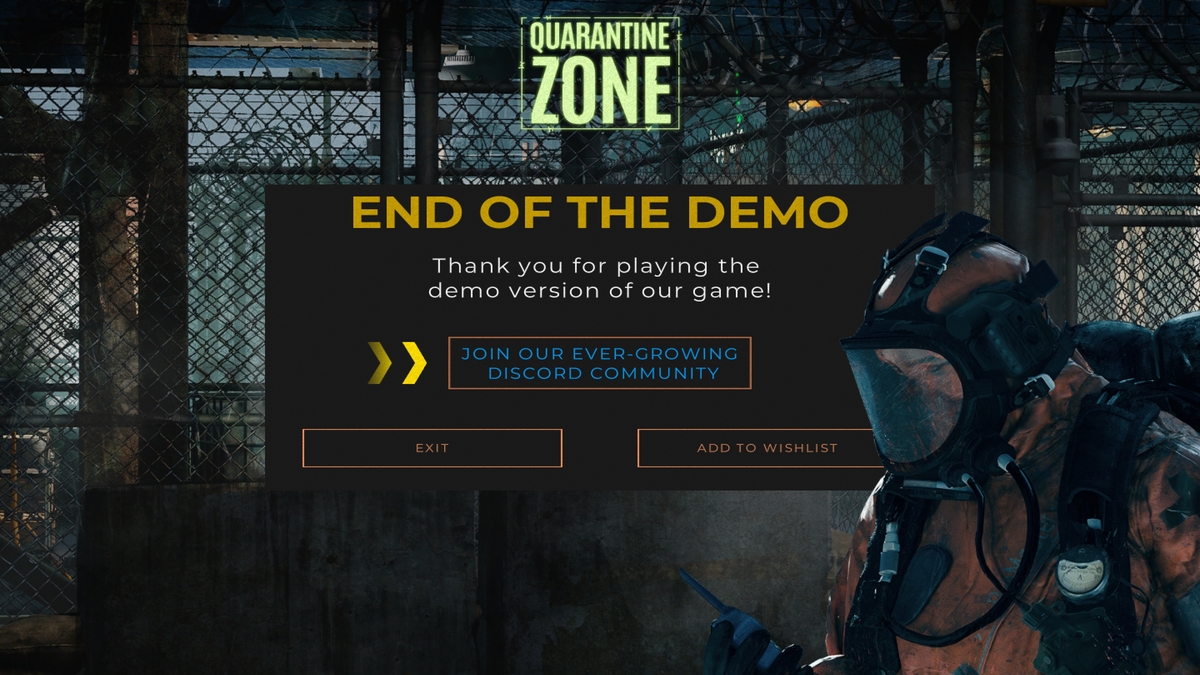
My time with the Quarantine Zone: The Last Check demo was an odd one. The core survivor inspection gameplay is tense and satisfying, but the base management and drone segments often dragged the experience down. Honestly, I wish the developers had focused all their effort on inspections, because that’s the real draw here, not the filler systems that pull attention away.
On top of that, I ran into bugs, confusing mechanics, and clunky controls that made parts of the demo more frustrating than fun. The models are serviceable, but not always clear enough to distinguish symptoms, like bruising versus necrosis, which led to some unfair mistakes. Finally, the background sounds often made it hard to focus while inspecting the survivors for things like hiccups and breathing irregularities.
There’s definite potential, especially if Brigada Games polishes the mechanics and smooths out the rough edges. Personally, I’ll keep Quarantine Zone on my radar and see how it develops with future updates. But if you’re wondering whether to buy it now? For me, it’s a maybe on sale, but not worth paying full price in its current state.Cjec
Check out our Demo Hub for more hands-on impressions, including our Call of Elyndra Demo Impressions, to help you decide if a game is worth buying.

